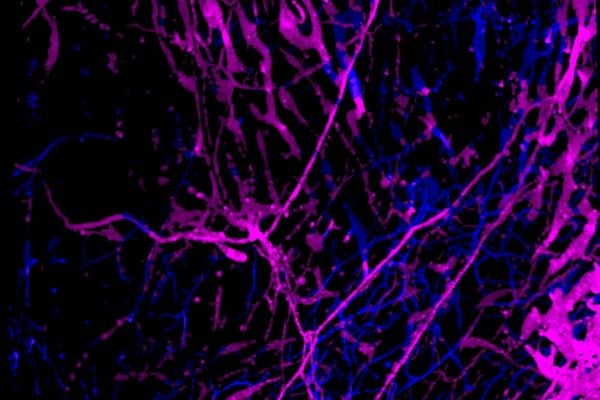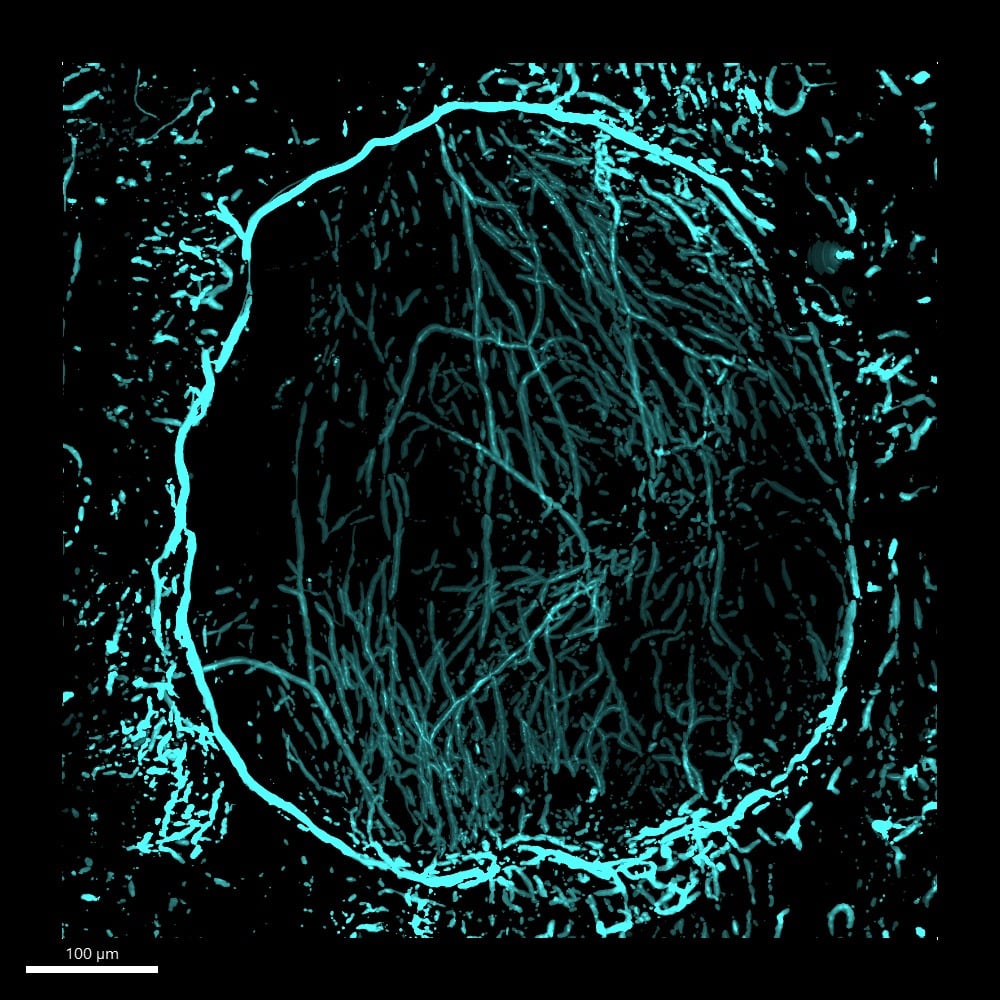The tiny nerves inside your bones—which are vital for maintaining bone strength and healing fractures—are finally being brought to light. These delicate structures have historically been incredibly hard to see and study, but Johns Hopkins University researchers have cracked this imaging challenge.
The team created an automated 3D method using artificial intelligence to precisely map the peripheral nerve network in dense bone tissue. Described in the journal Bone Reports, their machine learning-powered discovery is set to accelerate the search for new treatments for fractures and degenerative diseases like osteoporosis.
“The new method represents a significant leap forward because much research in the field still relies on manual tracing—which is both extremely tedious and subjective. By automating this process, we can better compare the findings between different labs and collectively unlock new research directions that weren’t available before,” said Warren Grayson, a professor of biomedical engineering and the study’s senior author.
Previously, researchers had to sit down and painstakingly trace individual nerve lines in massive datasets using a computer mouse. In contrast, the new, semi-automated method allows scientists to measure the entire nerve network quickly and accurately. This efficiency is critical for studying exactly how these nerves influence bone aging and healing, says Grayson.
To achieve this, the team developed a three-step system. First, a high-powered camera captures detailed 3D pictures of the bone. The main innovation was integrating a machine learning (ML) program called Ilastik®. The second step utilizes machine learning to sift through dense bone tissue to map and isolate the delicate nerves. This process effectively strips away all the distracting background noise, which is exacerbated by inflammatory conditions. Finally, a separate tool named Imaris analyzes this clean data to precisely calculate structural measurements such as nerve density.


